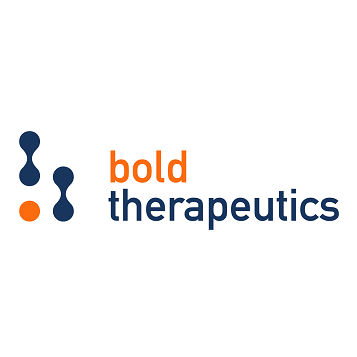预约演示
更新于:2025-05-07
p38 MAPK x HSPA5
更新于:2025-05-07
关联
1
项与 p38 MAPK x HSPA5 相关的药物作用机制 HSPA5抑制剂 [+1] |
最高研发阶段临床2期 |
首次获批国家/地区- |
首次获批日期1800-01-20 |
2
项与 p38 MAPK x HSPA5 相关的临床试验NCT04421820
A Phase 1b/2a Dose Escalation Study of BOLD-100 in Combination With FOLFOX Chemotherapy in Patients With Advanced Solid Tumours
BOLD-100 is an intravenously administered sterile solution containing the ruthenium-based small molecule. BOLD-100 has been shown to preferentially decrease the expression of GRP78 in tumour cells and ER stressed cells when compared to normal cells. BOLD-100 will be combined with cytotoxic FOLFOX chemotherapy in this study, with a dose escalation cohort to ensure tolerability and safety, followed by a cohort expansion phase.
开始日期2020-08-28 |
申办/合作机构 |
NCT01415297
A Phase I Dose Escalation Study of NKP-1339 Administered on Days 1, 8 and 15 of Each 28-Day Cycle in Patients With Advanced Solid Tumors Refractory to Treatment
The purpose of this study is to determine the safety and maximal tolerated dose of NKP-1339, a ruthenium containing compound administered intravenously on a weekly schedule, in patients with advanced solid tumors. The responses to treatment in this population will be evaluated. In addition, the PD and PK properties of the compound will be explored.
开始日期2009-10-01 |
申办/合作机构 |
100 项与 p38 MAPK x HSPA5 相关的临床结果
登录后查看更多信息
100 项与 p38 MAPK x HSPA5 相关的转化医学
登录后查看更多信息
0 项与 p38 MAPK x HSPA5 相关的专利(医药)
登录后查看更多信息
168
项与 p38 MAPK x HSPA5 相关的文献(医药)2025-01-01·Journal of Medical Virology
Wild‐Type and rtA181T/sW172* Mutant Strains of Hepatitis B Virus Drive Hepatocarcinogenesis via Distinct GRP78‐Mediated ER Stress Pathways
Article
作者: Wang, Jiayi ; Liu, Miao ; Bai, Lang ; Yuan, Man ; Shi, Ying ; Du, Lingyao ; Shang, Jin ; Cheng, Xing ; Tang, Hong ; Ma, Yuanji ; He, Min
2024-12-01·International Immunopharmacology
Piezo1 activation on microglial cells exacerbates demyelination in sepsis by influencing the CCL25/GRP78 pathway
Article
作者: Ma, Yanli ; Pan, Shuming ; Xie, Di ; Gao, Chengjin
2024-09-01·Biochemical and Biophysical Research Communications
Hepatoprotective effects of zingerone on sodium arsenite-induced hepatotoxicity in rats: Modulating the levels of caspase-3/Bax/Bcl-2, NLRP3/NF-κB/TNF-α and ATF6/IRE1/PERK/GRP78 signaling pathways
Article
作者: Diril, Halit ; Gür, Cihan ; Küçükler, Sefa ; Caglayan, Cuneyt ; Eriten, Berna
分析
对领域进行一次全面的分析。
登录
或

生物医药百科问答
全新生物医药AI Agent 覆盖科研全链路,让突破性发现快人一步
立即开始免费试用!
智慧芽新药情报库是智慧芽专为生命科学人士构建的基于AI的创新药情报平台,助您全方位提升您的研发与决策效率。
立即开始数据试用!
智慧芽新药库数据也通过智慧芽数据服务平台,以API或者数据包形式对外开放,助您更加充分利用智慧芽新药情报信息。
生物序列数据库
生物药研发创新
免费使用
化学结构数据库
小分子化药研发创新
免费使用


